What’s Really Happening with Home Prices in 2025?
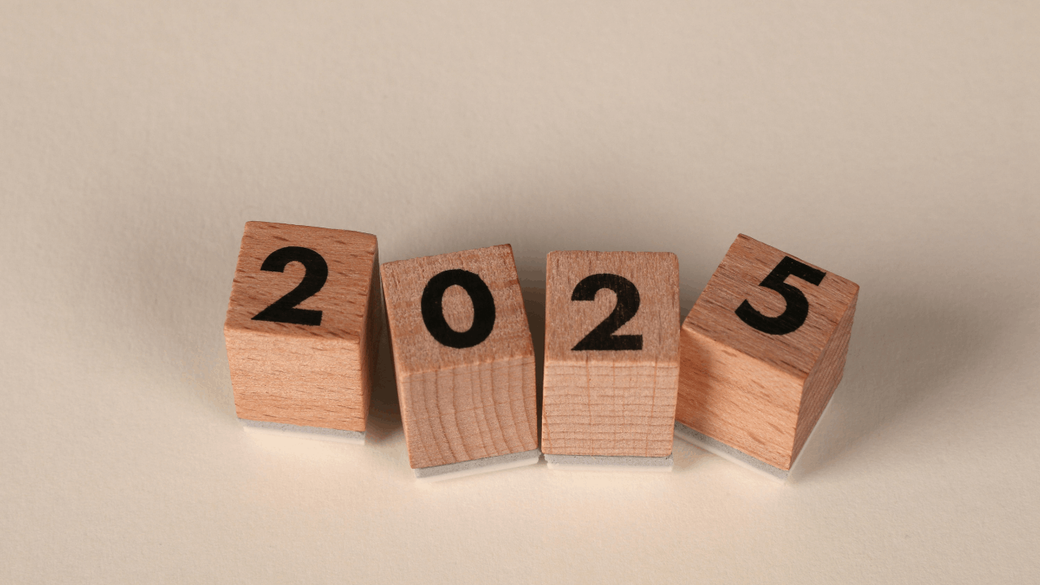
Let’s be honest—real estate prices are one of the most talked-about topics in group chats, at open houses, and yes, even while waiting in line at the coffee shop. Whether you're actively buying or selling, or just watching from the sidelines, you've probably wondered: "Are prices still climbing or are we headed for a drop?" Here’s what’s really going on.
Housing Market 101: The Basics Behind Price Shifts
What Moves the Needle on Home Prices?
Real estate pricing boils down to a classic case of supply versus demand. When more people are looking to buy and fewer homes are up for grabs, prices go up. Flip the equation, and prices start to fall. Of course, there’s a lot more nuance beneath the surface.
Inventory’s Role in Price Changes
The number of homes available for sale (aka inventory) plays a huge role. Low supply and high demand cause bidding wars and price hikes. When there’s more inventory than buyers? Prices tend to level off or fall.
Key Economic Signals
Job growth, wage increases, and consumer confidence all impact housing. When people feel secure financially, they’re more inclined to buy homes. But if inflation rises or job security drops, buying slows down—and so can price growth.
The Pandemic Era: What We Learned

The Unexpected Boom of 2020–2022
Back in early 2020, many feared a housing market collapse. Instead, the opposite happened. Low interest rates and a work-from-home boom led to record-breaking demand.
Remote Work Changed Everything
With the rise of remote work, people fled crowded cities in search of bigger homes in less dense areas. This migration drove home prices sky-high in previously quiet regions like Boise, Tampa, and Austin.
Construction Shortages Worsened the Squeeze
Builders couldn’t keep up. Labor shortages, material price hikes, and restrictive zoning slowed down new development—tightening supply and amplifying price spikes.
Where Are We Headed in 2025?
Is the Market Slowing or Settling?
With higher mortgage rates and tighter budgets, homebuyer demand has cooled. The result? A market that’s no longer booming—but not busting either. What we’re seeing is more of a return to normal, with less frenzy and more balance.
Are Prices Still Increasing?
In many areas, yes—but not as dramatically. Instead of 15–20% year-over-year growth, we’re seeing modest gains or flat prices. Some overpriced markets are even softening slightly.
Expert Forecasts Say: Mild Growth
Outlooks from places like CoreLogic and Fannie Mae suggest national home price appreciation of around 2–4% in the year ahead. But local markets vary. Keep an eye on job growth, supply, and interest rates for your area.
What’s Possible Over the Next Year or Two?

Scenario 1: A Gentle Dip
If rates stay high and affordability remains tight, some markets may see slight price corrections. It’s not a crash—it’s a rebalancing.
Scenario 2: Flat but Stable
If supply remains limited and demand stays consistent, prices might simply hold steady. This is the “slow and steady” outcome.
Scenario 3: Modest Growth Returns
If rates drop and more buyers re-enter the market, we could see prices rise again—especially in affordable areas with job and population growth.
It’s All About Location
Hot Spots vs. Cooling Zones
Markets like Phoenix and Las Vegas are showing signs of a cooldown after fast growth. Meanwhile, places like Columbus and Kansas City remain strong thanks to affordability and employment opportunities.
Urban vs. Suburban Trends
Many city centers are still in recovery mode post-COVID, while the suburbs continue to thrive as buyers look for more space and better value.
What Could Tip the Scale?
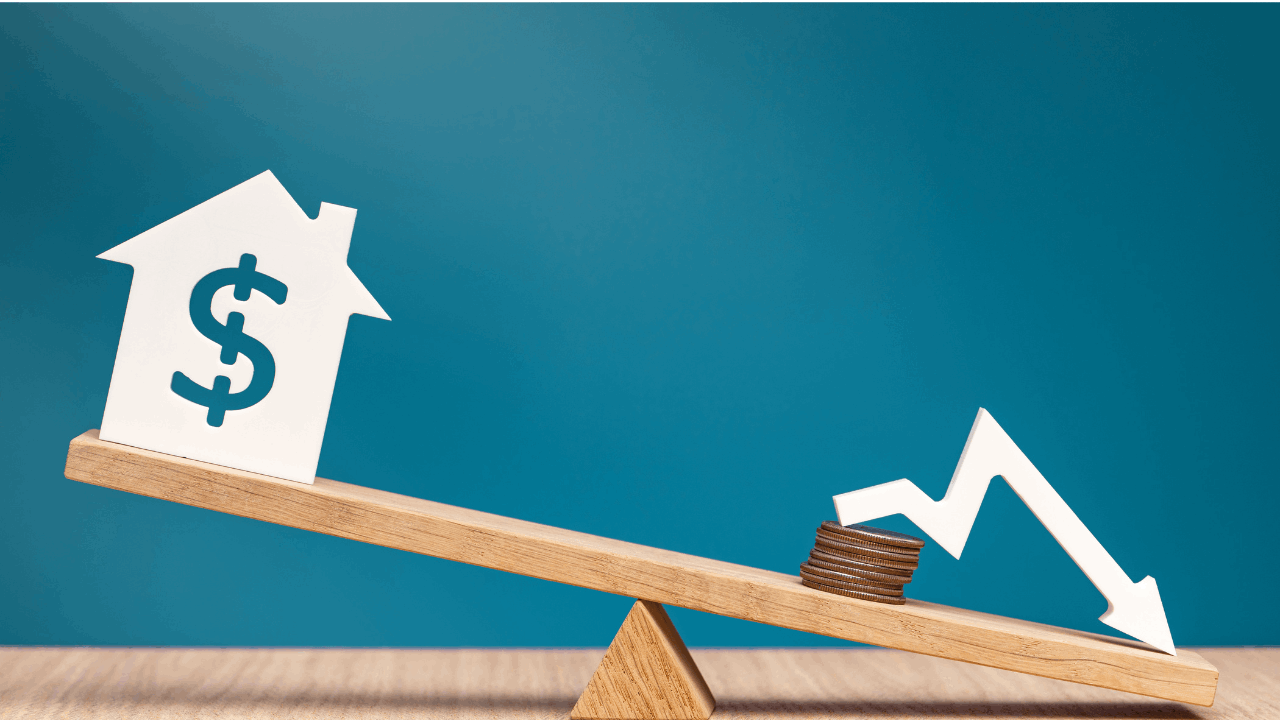
Mortgage Rates Are Still the X-Factor
If interest rates fall, it could reignite demand and spark price growth. But if they stay high or climb further, expect buying power to stay limited.
Government Policy Could Influence Demand
Local and federal initiatives—like first-time buyer grants or zoning reforms—could stimulate demand or open up more supply, shifting local dynamics.
Global Economic Forces Matter Too
The housing market doesn’t operate in a vacuum. Wars, recessions, and international trade disruptions can all affect interest rates and buyer sentiment at home.
Should You Make a Move or Stay Put?
For Buyers: Opportunity in Calm
If you’re ready financially and plan to stay put for a few years, this calmer market can work in your favor. Less competition means more room to negotiate. Just be sure to buy within your means.
For Sellers: Adjust Expectations
You might not fetch last year’s record prices, but a well-maintained, well-marketed home can still sell quickly—especially in areas with strong demand.
Bottom Line: Keep Perspective
No one can perfectly predict where the market’s headed. What matters most is your personal timeline, finances, and goals. Don’t buy or sell because the headlines say to—do it because it’s right for you. Real estate rewards those who play the long game.
FAQs
1. Are we in for a housing crash in 2025?
Not likely. While some overheated markets may see slight declines, overall prices are expected to stay stable or rise slowly.
2. Is it smart to buy a home this year?
Yes—if you’re financially ready and planning to hold the property long-term. There’s less competition and more room to negotiate now.
3. How do interest rates influence prices?
Higher rates reduce affordability, which can slow demand and limit price growth. Lower rates tend to boost both.
4. Which markets are still strong?
Affordable cities with solid job growth—like Des Moines, Louisville, and parts of the Midwest—continue to perform well.
5. What should sellers focus on in today’s market?
Pricing strategically, improving presentation (think staging and curb appeal), and working with a strong agent who understands your local market.
Categories
Recent Posts



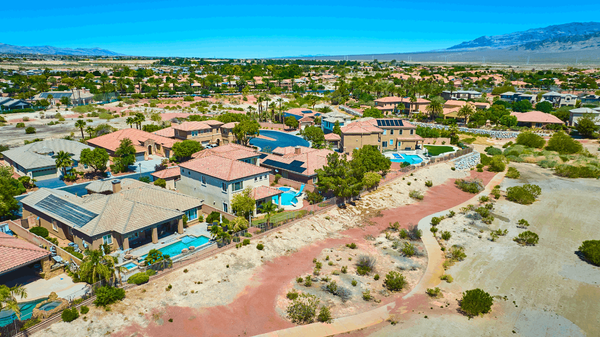

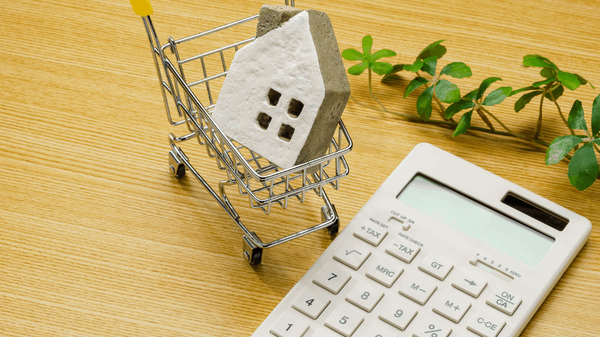

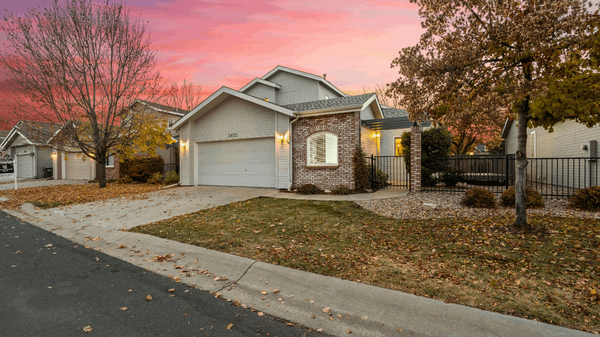
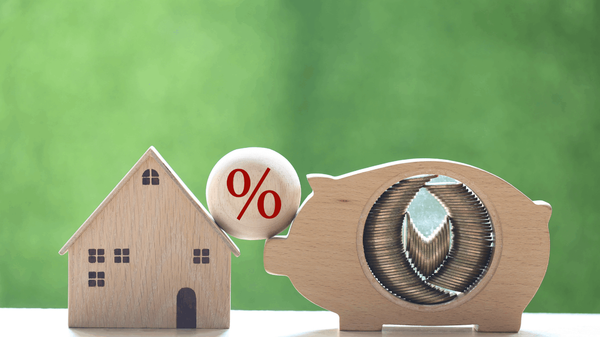


7997 W. Sahara Ave. Suite 101, Vegas, NV, 89117, United States
